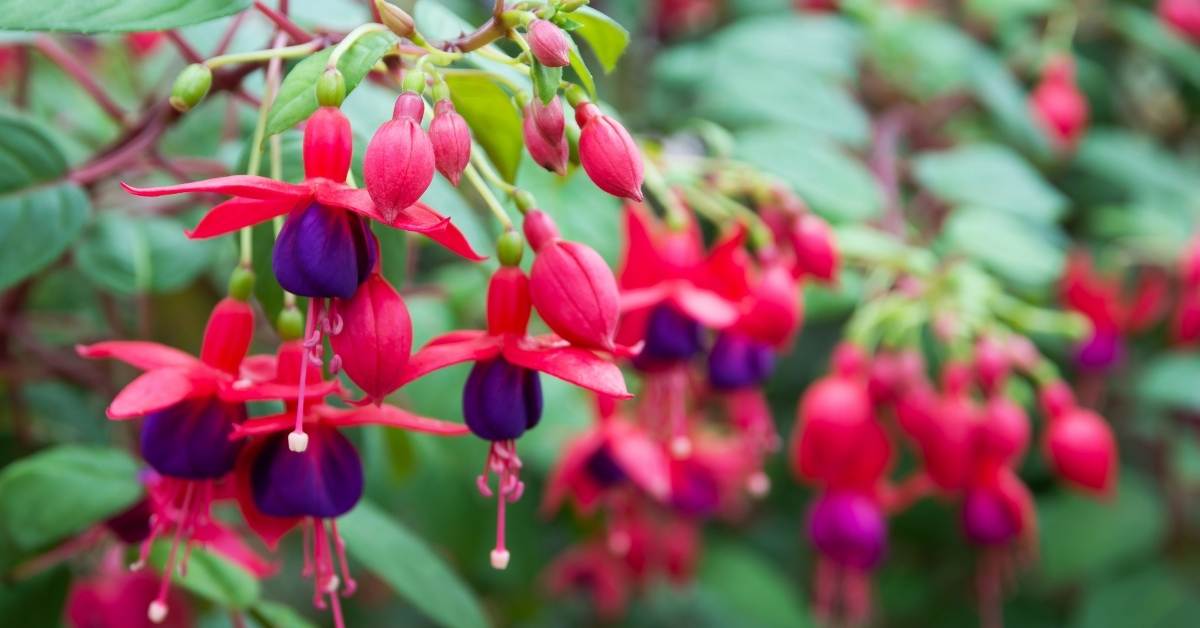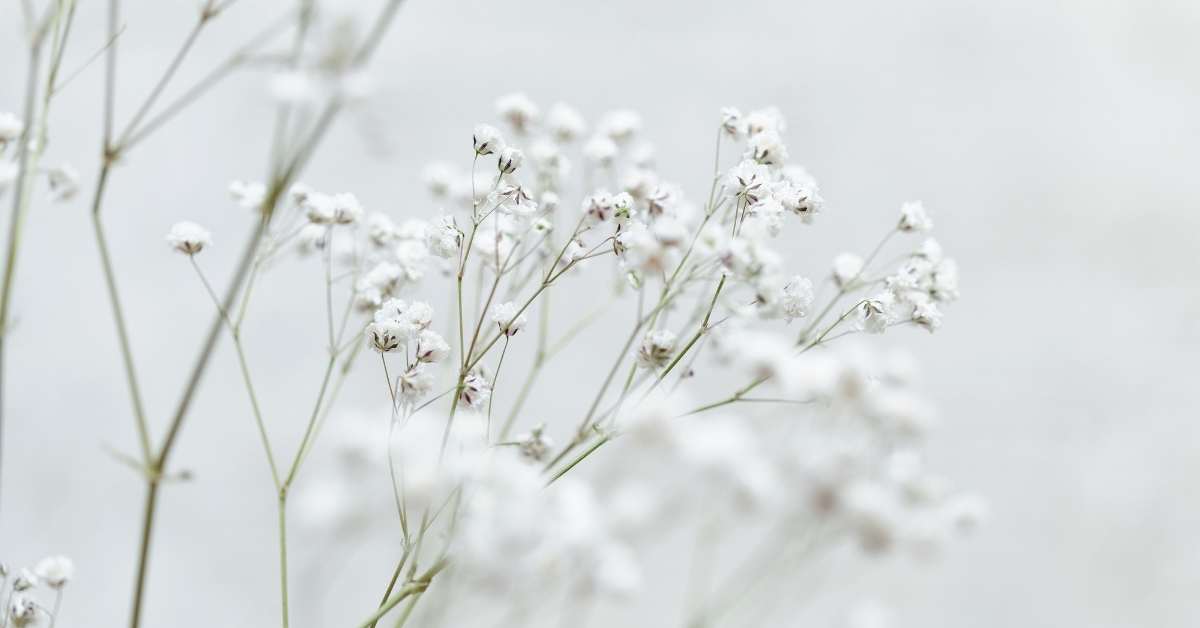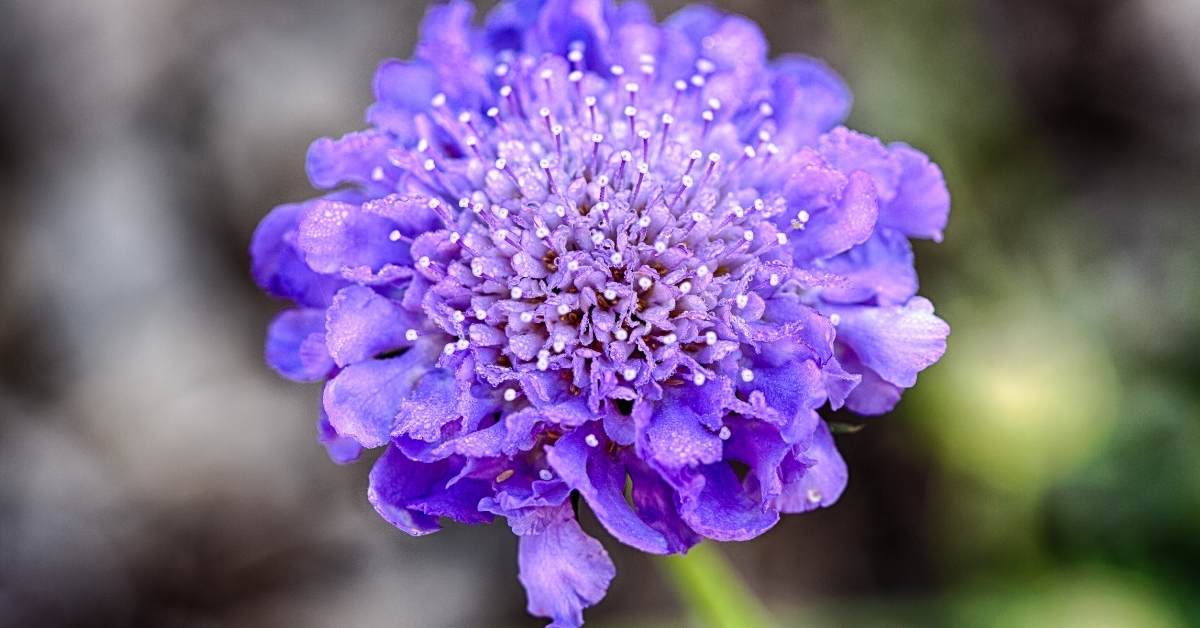The Fuchsias are perennials that are moderately easy to cultivate and produce exquisite two-tone flowers resembling pendants. Their attractive foliage and beautiful blooms can reach the width of several feet and are best planted in hanging baskets.
Here I will walk you through 10 care tips for your Fuchsia plants and information on how to keep fuchsia flowering at home.
The Fuchsia Plant Types
Several different varieties of Fuchsias presently exist, ranging from small potted plants to large shrubs. They include the following:
- Half-hardy
- Hardy
- Standard
- Bush
- Bonsai
Cultivation of Fuchsias
The Fuchsias are relatively delicate plants that produce equally fragile flowers. Each class will demand special attention and diversified care. It may take up to 18 months of cultivation before the plant is established and sturdy enough to flourish year after year.
Once the Fuchsia reaches maturity, it will bloom and steadily develop during the growing season with minimal attention needed.
Half-hardy – This variety is perfect for hanging baskets and container growing and should be sheltered from the wind and hot sun. Covered terraces and stone patios are the ideal locations as they provide semi-shaded conditions required for optimal results.
Hanging Fuchsias may need daily watering as the moisture in the soil will evaporate quicker than from the containers. Half-hardy plants also require well-balanced liquid fertilizer.
Hardy – As the name suggests, the hardy Fuchsia plant can withstand harsh weather conditions and is preferred by gardeners because of its ability to defy frost damage.
Caring for Fuchsias of this type may require the use of mulch, compost, bark, or straw to protect the crown of the plant over the winter months if planted in the ground. It is suggested to take cuttings from a mature plant in early autumn and store them in a dry, well-ventilated area during the dormant stages of the year.
The plant will only need fertilization in the spring and summer.
Standard – Standard Fuchsias typically grow upward and may need a stake for support. The side shoots should be pruned regularly during the growing season to retain the desired height and encourage upward growth if so desired. This type of plant should always be protected during the winter to ensure plentiful blooms the following season.
Bush – The bush selection of Fuchsias is typically a vigorously growing plant that produces an abundant amount of flowers. The shrub may reach the height of over three feet with olive-dark leaves and vividly rich scarlet blooms that may change color several times as they mature.
The bush often produces edible fruit that is suitable for jams, preserves, and marmalades. The unique taste is often better appreciated when combined with other fruit.
Bonsai – This miniature version of the Fuchsia performs very well in the summer when planted in the ground. It also does exceptionally well in the winter when placed in a container and sparingly watered until the spring.
How to Care for Fuchsia Plants
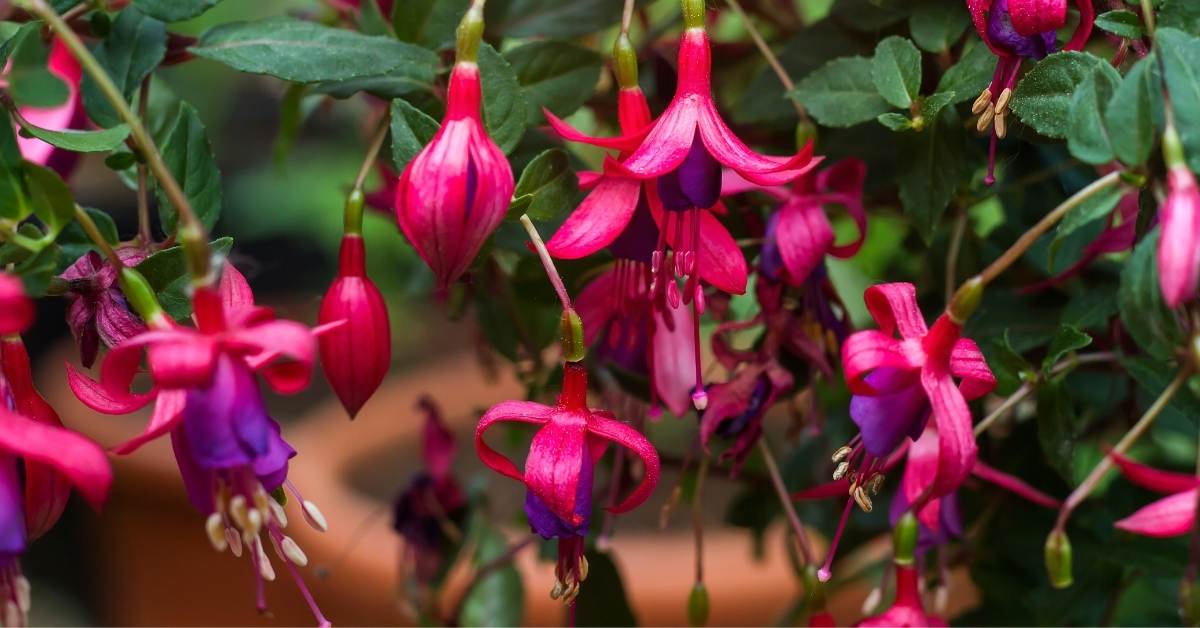
- The Fuchsias continuously grow over the summer producing the plants at the end of the branches. Few simple tips will ensure proper care of the plants and avoid the most common mistakes.
- Prune the branches back during the growing season to encourage more prolific growth of the blooms.
- The bush varieties should be planted in well-mixed soil with peat moss for better drainage.
- The hanging basket varieties prefer soil mixed with clay and more alkaline conditions.
- Never let the root system to dry out; water daily without drenching the soil.
- Plant Fuchsias in protected areas that are wind-free and away from direct sun.
- Fertilize generously with liquid solutions only.
- Protect the plants from frostbite if grown outdoors or keep the plants in dry and dark areas over the winter if grown in containers. Water the stored plants twice during the winter.
- In the spring, the plant may be taken outside during the day and placed back in the house during the night. In the summer, the containers and baskets can remain outdoors continually until the first frost in October.
- Treat the Fuchsias with gentle care and never leave dropped-off leaves on the soil. Remove them immediately and keep the area clean to prevent insect and mold invasions.
How To Keep Fuchsia Flowering?
In order to keep the Fuchsia plants flowering, you need to provide the required conditions. They need a significant amount of fertilizer and optimum conditions.
The Importance of Fertilizer
The Fuchsias are demanding feeders and require plenty of fertilizer while blooming. The task can be accomplished by adding small amounts of fertilizer to water every time the plant needs more moisture.
The recommended dose is 1 teaspoonful of fertilizer for each gallon of water. It is important to remember not to introduce the fertilizer to the dry root system to prevent burning and acid erosion of the roots.
How to Monitor the Growth
This mildly demanding plant grows proportionally to the amount of sun it receives. Tall growth is to be expected if the Fuchsias are planted in areas that receive more than 3 hours of daily sun exposure. Bushy plants can be achieved if planted in partially shaded or fully shaded areas with filtered sun exposure, such as pergolas or gazebos.
Best Conditions for Container Growing
- Fuchsia flower does not favor dry or very wet conditions. If planting them in containers, these tips will help the gardeners obtain lush blooms throughout the summer.
- Use wood, clay, or concrete pots as they do not retain heat the same way plastic pots do.
- Moss baskets are the best choice for hanging plants.
- Do not use saucers unless absolutely necessary.
- Water the plant daily in the morning. In extremely hot conditions, water the plant twice a day.
- If the temperature exceeds 90 degrees for hanging baskets, place the baskets on the ground to moderate the heat.
- Do not let the baskets swing. If windy conditions occur, place the baskets away from the draft.
- Fertilize often in regular intervals during the summer, but cease the activity in mid-August. The plant will begin to wither away its foliage and blooms. Cut the branches back to the ground level, and put the plant in a cool, dark spot for the winter. Cover the top of the container with mulch or straw for insulation and protection.
Fuchsias as Cut Flowers
Because of the delicate nature of the blooms and fragility of the branches, this plant does not have a long vase life. Flower arrangements can be made by using the blooms only placed in a bowl of water and used a centerpiece. However, the Fuchsias are not suitable for long-lasting bouquets.
Growing Fuchsias Indoors
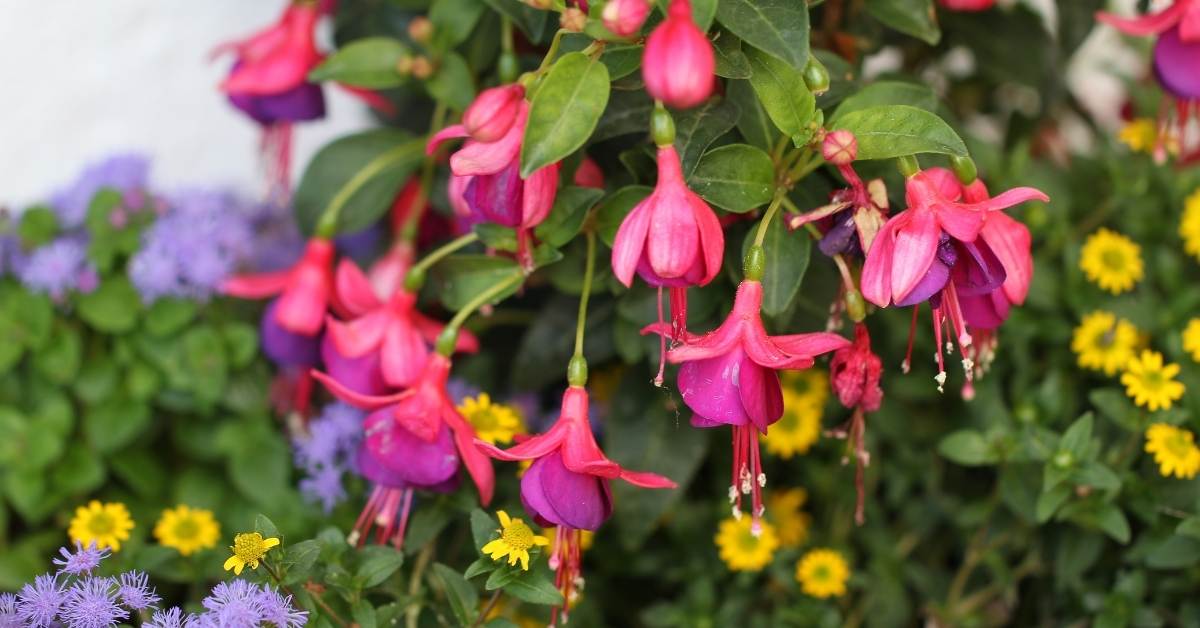
The Fuchsias are strictly outdoor plants and do not tolerate the indoor environment. However, the plant can be started indoors from cuttings as long as the newly propagated pieces are not facing the South. The new plant will need to be misted with water daily to avoid the accumulation of dust leading to colonies of mites or other household insects.
The Longevity of Fuchsias
This perennial is surprisingly long-lived. However, inexperienced growers often discard the plant when it begins to lose its foliage in the autumn. The Fuchsias can live for several decades with proper care, becoming more robust and more established each year. As the plant matures, it needs less maintenance and can successfully thrive on its own.
After the dormant period in the winter, the stems can be scratched to verify that the plant is still alive. If the green pulp is observed, the plant can be revived in March with fertilizer and appropriate amounts of sunlight.
Re-planting Fuchsias
The Fuchsias like the stability of one spot and do not like to be moved to different locations. It is best to choose a permanent “home” for the plants cultivated in the garden. The hanging baskets can be moved as necessary until the perfect conditions are found.
The Fuchsia flower growers greatly appreciate the beauty of the blooms and their dramatic visual effects in the garden. Although extra attention is needed when caring for Fuchsias, the results are worth the challenge.
Many hybrid versions of this plant have been created over the years, and numerous gardeners find it interesting to experiment in efforts to produce hardy, long-lasting plants that are both sturdy and beautiful.
Hybridists can name their newly created varieties and permanently recorded at the American Fuchsia Society, a prestigious institution established in 1929.
